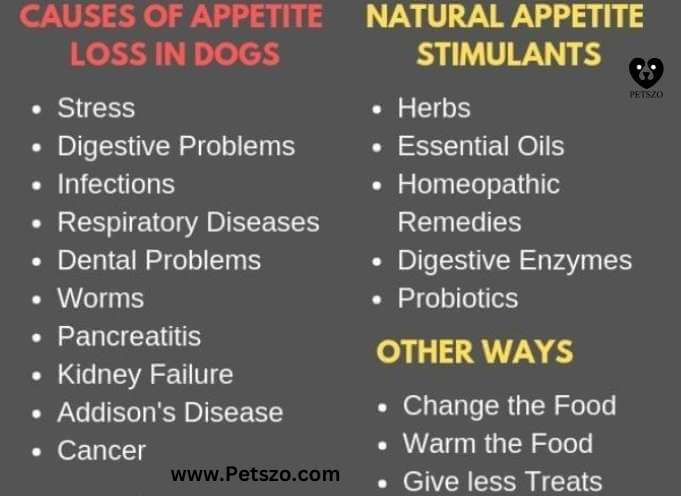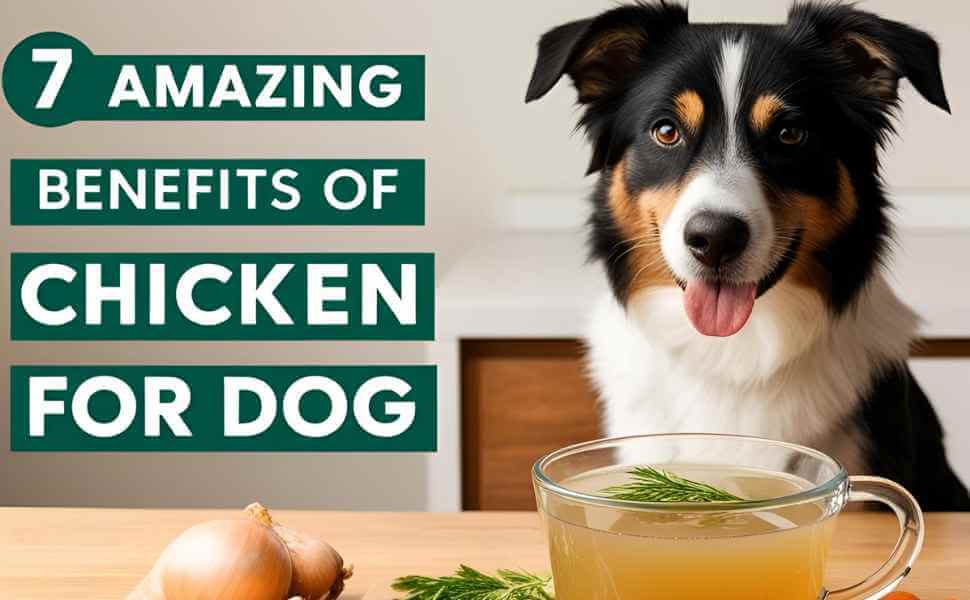As a pet owner, one of the most concerning issues is when your dog refuses to eat. If your furry friend feels unwell, getting them to eat again can be challenging. Whether due to a temporary illness or a more serious condition, encouraging a sick dog to regain their appetite requires patience, care, and the right approach.
We will explore helpful hints and techniques in this tutorial on convincing a sick dog to eat again so they can obtain the nutrition they requires to get better.
Cause of Loss of Appetite in Sick Dogs
Before making your dog eat again, it’s essential to identify the reason behind their lack of appetite. Illness, stress, or pain can all contribute to your dog’s refusal to eat. If the condition lasts over a day or two, consult your vet to rule out any underlying health problems.
Common reasons include:
- Infections or fever
- Digestive issues (like nausea or upset stomach)
- Pain or discomfort due to injury or illness
Tip: If unsure about the cause, visit a trusted vet or health expert to get your dog checked.

Try Different Foods to Help Your Dog Eat Again
Sometimes, your dog may refuse their usual food due to the taste or smell. If you’re wondering how to get a sick dog to eat again, offering a change in their diet can make a difference. Soft foods like boiled chicken, rice, or canned dog food with intense aromas can stimulate your dog’s senses and encourage them to eat. Alternatively, try wet food or broth explicitly made for dogs, as these are easier to eat and digest.
Quick Tip: If your dog loves the smell of food like broth or turkey, use that as a temporary alternative.
Make the Food More Appealing
You can enhance the food’s appeal if your dog isn’t interested in their meal. Heating their food slightly can bring out the natural aroma and make it more appealing. Adding a small amount of bone broth or low-sodium chicken broth can help, too, as the liquid encourages hydration and may encourage your dog to eat.
Offer Smaller, More Frequent Meals
Sometimes, a sick dog may be too weak or overwhelmed to eat a full meal. Offering more minor, frequent meals throughout the day can help them consume more food without feeling overwhelmed. A few small portions can be more manageable for your dog to digest and may help them return to their usual eating habits.
Pro Tip: Try offering food multiple times a day (3-4 small meals) instead of one large meal to reduce pressure on their digestive system.
Encourage Eating with Positive Rewards
When your dog does show interest in their food, reward them with positive encouragement, such as praise or a gentle pat. This can help make mealtime feel less stressful and more enjoyable. Avoid forcing your dog to eat, as this can create negative associations with food and Increase their hesitation.

Hydration is Key to Restoring Your Dog’s Appetite
Sometimes, a sick dog may refuse to eat but still drink water. Ensure they stay hydrated, as dehydration can worsen your dog’s condition. If your dog is not drinking water, try offering ice cubes, wet food, or broths to keep them hydrated. Proper hydration supports their recovery and can help improve their appetite.
Tip: Always keep fresh water available and add a little flavour (like low-sodium broth) to encourage drinking.
Consult Your Veterinarian
Suppose your dog’s loss of appetite lasts more than a couple of days or is accompanied by other concerning symptoms like vomiting, lethargy, or diarrhoea. In that case, it’s crucial to consult a veterinarian. They may suggest appetite stimulants or identify any underlying medical conditions that must be addressed.
Reminder: Don’t wait too long before contacting a vet, as prolonged lack of appetite can lead to more serious health issues.
Conclusion
Getting a sick dog to eat again requires understanding their needs and ensuring they feel comfortable. Start by identifying the root cause of the loss of appetite, offering appealing foods, and encouraging hydration. Following these steps and remaining patient can help your furry companion regain strength and appetite. If the situation persists, always seek professional advice from a vet to ensure your dog’s health and well-being.
FAQs
1. Why is my sick dog refusing to eat?
A sick dog may refuse food due to pain, nausea, or underlying health issues. It’s essential to consult a vet if the lack of appetite lasts more than a few days.
2. How can I encourage my sick dog to eat?
Try offering softer, more aromatic foods like boiled chicken or broth. Small, frequent meals stimulate your dog’s appetite.
3. Is it normal for a dog to lose its appetite when sick?
Yes, it’s common for dogs to lose their appetite when they’re unwell due to discomfort or illness. However, monitor for other symptoms and consult a vet if needed.
4. How do I know if my dog is dehydrated?
Signs of dehydration in dogs include dry gums, lethargy, and reduced skin elasticity. Ensure your dog stays hydrated, especially if they’re not eating.
5. When should I take my dog to the vet for not eating?
If your dog hasn’t eaten for more than 48 hours or shows other symptoms like vomiting, lethargy, or diarrhoea, it’s time to visit the vet.











1 thought on “How to Get a Sick Dog to Eat Again Quick & Easy Tips”